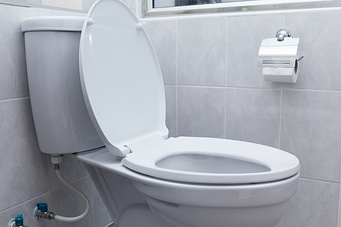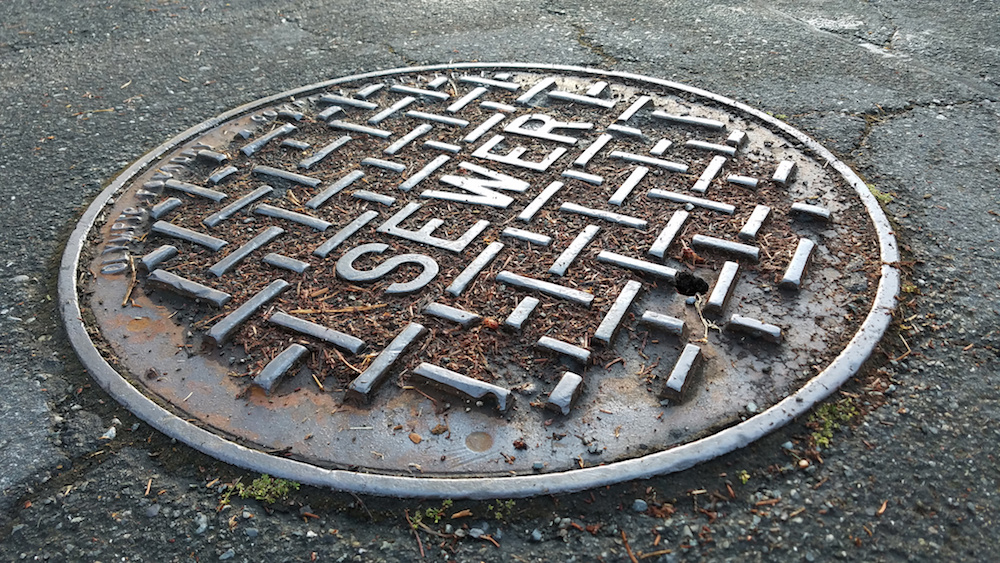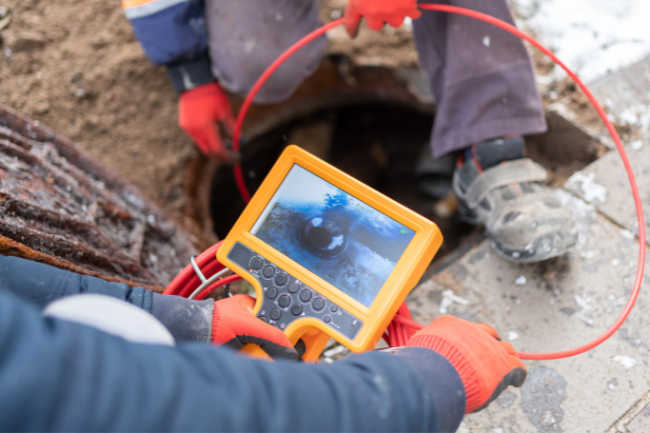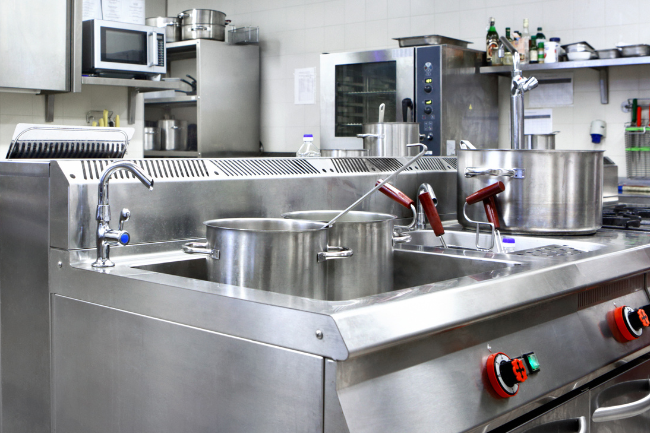How High-Efficiency Toilets Reduce Water Usage
Posted by William Heinselman on
 Installing high-efficiency, low-flow toilets in your home is just one way you can lower conventional water use. By consuming less water with every toilet flush, you benefit not just the environment, but also your wallet. Low-flow toilets are designed to consume as little as 1.1 gallons of water per each flush (GPF); compared to the old-school toilet models (commonly in homes as little as ten years ago), this is a revolution in water consumption.
Installing high-efficiency, low-flow toilets in your home is just one way you can lower conventional water use. By consuming less water with every toilet flush, you benefit not just the environment, but also your wallet. Low-flow toilets are designed to consume as little as 1.1 gallons of water per each flush (GPF); compared to the old-school toilet models (commonly in homes as little as ten years ago), this is a revolution in water consumption.
Dated toilet models consume anywhere from 3 to 7 gallons of water for each individual flush. This is an unnecessary, almost careless use of water, which accumulates year over year in the form of exorbitantly high water bills.
- Toilets that consume 3.5 gallons of water for every flush add up to over 6,300 gallons of water used per year. This is based on a very modest 5 flushes per day, as estimated by the American Water Works Association.
- Similarly, toilets that consume 5 GPF use as much as 9,125 gallons of water annually.
- On the high end of the scale, outdated toilet models that require 7 GPF consumer an estimated 12,775 gallons of water for each year in use.
If your old toilet continually wastes water with every flush, or is potentially leaking water through worn overflow pipes or valves, now may be the time to replace your unit with today’s high-efficiency alternatives.
Old Versus New: A Comparison of Dated Toilets and Today’s Energy-Efficient Models
In 1992, federal water use legislation limited toilet water consumption to no more than 1.6 gallons for each flush; if you still have toilets installed in your home from before this federally enforced period, there’s a good chance you could be wasting as much as 6 times the water necessary for each flush. This adds up over time, and can cost you dearly in your monthly water bill.
Compared to the high water consumption models mentioned above, low-flow or high-efficiency toilets consume as little as 1.6 or 1.28 gallons of water for each flush, respectively. Annually, this accumulates to a meager 2,336 gallons of water consumed in conventional use.
Nationwide, older toilet models consume as much as 2 billion gallons of water every single day, and take greater environmental toll than many American homeowners realize. Installing high-efficiency, EPA compliant toilet models largely limit this problem, and can help you save hundreds of dollars in yearly water consumption.
What Makes Low-Flow or High-Efficiency Toilets Work?
You may be asking yourself, how exactly do these minimum consumption toilets work? What makes them so effective at conserving day-to-day water use? For low-flow or high-efficiency toilet models, the mechanics behind reduced water consumption are rather simple.
Low-flow toilet models have been the standard since federal legislations put in place in 1992 limited toilet water consumption to 1.6 gallons per flush, maximum. Using innovative siphon flush technology, these toilets use combined gravity and atmospheric pressure to forcibly move water from the toilet tank (located physically above the unit) to the bowl, in a much more conservational manner than outdated toilets.
High-efficiency toilets generally consume around 20-25% less water than low-flow toilet models, and are typically attributed the WaterSense certification for conservative water use (the certification is, more or less, EnergyStar for your plumbing). Today’s high-efficiency toilet models can be broken down into two main technologies:
- Dual-flush toilets: these models conserve water by featuring two flush valves, each for different volumes (half-flush for liquids and full for solids). These models are the most common high-efficiency toilets in use today.
- Pressure-assist toilets: these toilets utilize stored air pressure to flush contents with far greater force than conventional toilets. When the flush button is pressed on these models, powerful, internally stored air is exerted into the water, which flushes liquids and solids alike with just under 1 gallon per each flush.
There’s no doubt that much of your high water bill woes can be resolved by replacing your old, outdated toilet model with the high-efficiency, low-flow alternatives available today. If you’re currently facing an ongoing toilet leak, or have units in your home that consume well over 3.5 gallons for every flush, consider contacting a plumbing professional in your community today.
Topics: Commercial Plumbing, Home Plumbing







